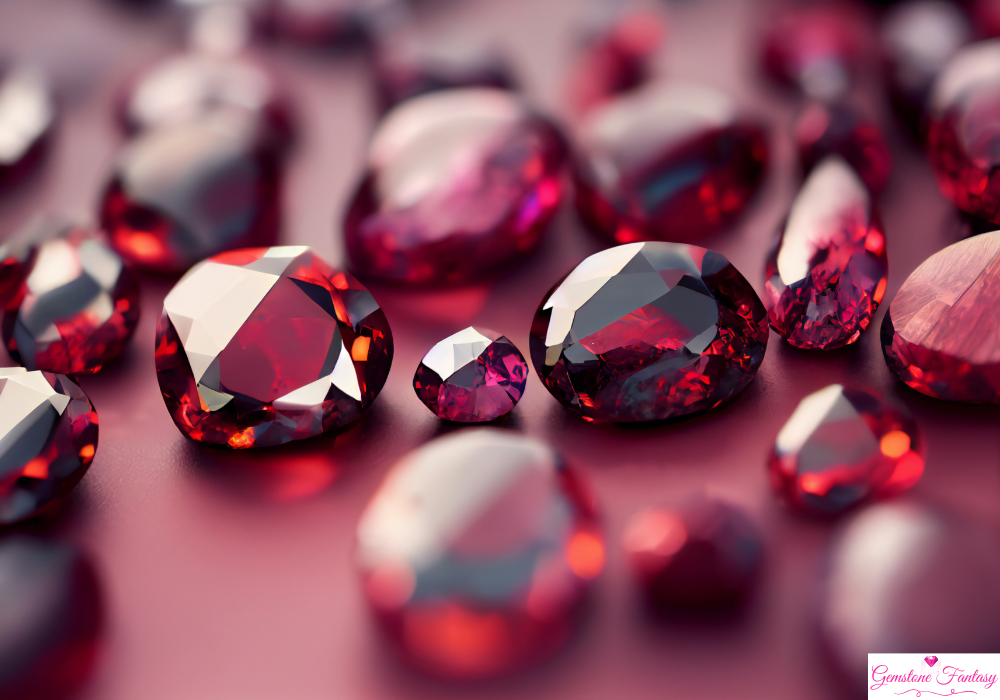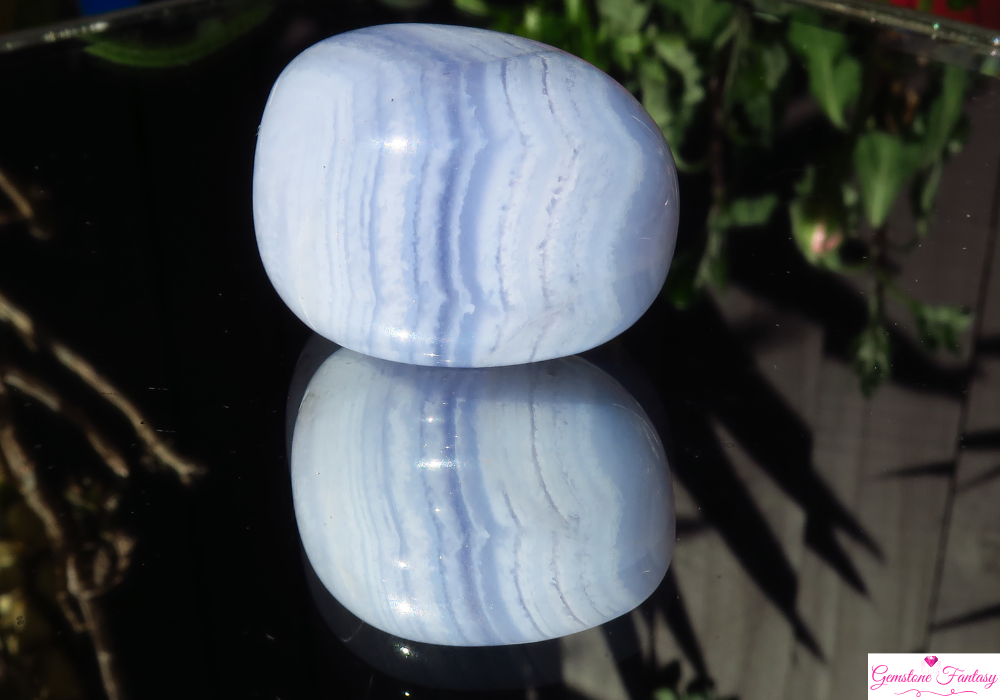Gemstones are natural minerals, rocks, or organic materials that, after being cut, polished, and crafted into jewelry or ornaments, become aesthetically pleasing. Their allure stems from their colors, rarity, durability, and, in many cases, historical significance. Gemstones have been used in various cultures for thousands of years, signifying power, wealth, beauty, and spirituality. They continue to captivate people today for their beauty, symbolism, and investment value.
Classification of Gemstones
Gemstones can be broadly classified into two categories:
Precious Gemstones
These include diamonds, rubies, sapphires, and emeralds. Historically, precious gemstones were recognized for their rarity, hardness, and beauty, commanding higher values in the market.
Semi-Precious Gemstones
These include stones like amethyst, garnet, turquoise, and peridot. Although these gemstones are also beautiful, they are more commonly found than precious gemstones and tend to be more affordable.
Origin of Gemstones
Most gemstones form deep beneath the Earth’s surface, under intense pressure and heat. They are composed of minerals, except for organic gems like amber (formed from fossilized tree resin) and pearl (created by mollusks). The slow formation process can take thousands, if not millions, of years, making some gemstones extremely rare.
The conditions necessary for gemstone formation are very specific. For example, diamonds form deep within the Earth’s mantle, while others, like opals and topaz, are often formed closer to the surface, near volcanic activity or in hydrothermal veins.
Properties of Gemstones
Gemstones are valued based on several key characteristics:
- Hardness
This refers to the resistance of a gemstone to being scratched. The hardness is measured on the Mohs scale, which ranges from 1 (softest) to 10 (hardest). Diamond, rated at 10, is the hardest known natural material.
- Color
Color is one of the most important factors in determining the value of a gemstone. A gem’s color is affected by the way it absorbs and reflects light. This varies depending on the stone’s chemical composition and internal structure. For instance, rubies derive their red color from trace amounts of chromium, while sapphires come in various colors based on the presence of iron or titanium.
- Clarity
Clarity refers to the presence of internal or external flaws in the gemstone, called inclusions. The fewer the inclusions, the higher the gemstone’s value. However, some inclusions, especially in certain gemstones like emeralds, are so common that they are accepted as part of the stone’s character.
- Cut
The cut of a gemstone determines how well it reflects light, adding to its brilliance. A well-cut gemstone will maximize its sparkle, regardless of the shape.
- Carat Weight
The weight of gemstones is measured in carats, where one carat equals 0.2 grams. Larger gemstones are rarer and typically more valuable, though other factors like clarity and color also influence the stone’s worth.
Popular Types of Gemstones
Many different gemstones have gained popularity, each with unique characteristics and history. Here are some of the most well-known:
Diamond

Diamonds are one of the most coveted gemstones, known for their unparalleled hardness and brilliance. Often associated with luxury, diamonds are commonly used in engagement rings and high-end jewelry. Diamonds form deep within the Earth’s mantle and are brought to the surface by volcanic eruptions. Their durability makes them ideal for everyday wear.
Ruby

Rubies are prized for their vivid red color, which is caused by trace amounts of chromium. Known as the “king of gemstones,” rubies have historically been symbols of power and protection. Rubies are relatively rare, and high-quality rubies, especially those with a deep red hue known as “pigeon blood,” are highly valuable.
Sapphire

Sapphires are most commonly known for their deep blue color, though they can be found in a range of colors, including yellow, pink, and green. Sapphires symbolize wisdom, purity, and loyalty. The blue sapphire is one of the most recognizable and widely used gemstones in jewelry. Like rubies, sapphires are a variety of the mineral corundum.
Emerald

Emeralds are known for their lush green color, which comes from trace amounts of chromium and vanadium. The deep green hue of high-quality emeralds is often referred to as “emerald green.” These gemstones are often associated with love, rebirth, and fertility. Due to the way emeralds form, they frequently contain inclusions, which are generally tolerated more than in other stones.
Amethyst

Amethyst is a type of quartz known for its vibrant purple color. Once considered a precious gemstone, it is now more widely available but remains popular due to its striking color and affordability. Amethyst has been historically associated with clarity of mind and spiritual growth.
Opal

Opals are unique due to their play-of-color, where the stone appears to display a rainbow of colors depending on the angle and lighting. This optical phenomenon is caused by the way light interacts with the tiny silica spheres that make up the opal. Opals are considered symbols of hope, purity, and truth.
Garnet

Garnets are typically recognized by their rich red or reddish-brown hues, although they can be found in other colors. They have been used for thousands of years in jewelry and are associated with protection, vitality, and energy. Garnets are relatively affordable and popular in various types of jewelry.
Pearl

Unlike most gemstones, which are minerals, pearls are organic. They are formed inside the shells of mollusks like oysters. Pearls have been cherished for centuries for their lustrous beauty and are often associated with purity, wisdom, and serenity. They come in various colors, including white, black, and pink.
The Spiritual and Healing Properties of Gemstones
Throughout history, gemstones have been associated with spiritual and healing properties. While scientific evidence to support these claims is limited, many people believe in the metaphysical power of gemstones.
Amethyst

Associated with calming energy and spiritual growth, amethyst is often used in meditation and healing practices. It is believed to help with clarity of mind and protection from negative energy.
Rose Quartz

Known as the “stone of love,” rose quartz is thought to attract love and promote emotional healing. It is often used to encourage self-love and reduce feelings of loneliness or heartache.
Citrine

Often called the “merchant’s stone,” citrine is believed to bring prosperity and success, particularly in business. It is associated with joy, optimism, and confidence.
Lapis Lazuli

This deep blue gemstone is thought to enhance wisdom, truth, and inner vision. It is often used in practices aimed at opening the third eye and promoting spiritual awareness.
Black Tourmaline

Believed to be a powerful protector, black tourmaline is thought to shield against negative energy, both physical and emotional. Many people use it as a grounding stone during meditation.
Turquoise

Turquoise is associated with healing, protection, and communication. It has been used in various cultures for centuries as a talisman for health and good fortune.
Synthetic Gemstones
In addition to natural gemstones, there are synthetic or lab-created gemstones. These stones are grown in a controlled environment and share the same chemical composition and physical properties as natural gemstones. The main difference between the two is the way they form, as synthetic gemstones form much faster in a laboratory than their natural counterparts do in the Earth.
While synthetic gemstones lack the rarity of natural ones, they are often more affordable and environmentally friendly. They also allow for greater control over color and clarity, making them an attractive option for consumers who want the look of a gemstone without the high cost.
Conclusion
Gemstones have fascinated humanity for centuries, serving not only as adornments but also as symbols of power, wealth, spirituality, and healing. Whether precious or semi-precious, each gemstone offers a unique set of properties, from its color and clarity to its spiritual and healing associations. Understanding these attributes allows us to appreciate the rich history and significance behind these beautiful natural treasures. Whether worn for their beauty or their believed metaphysical properties, gemstones remain a timeless and captivating part of human culture.













